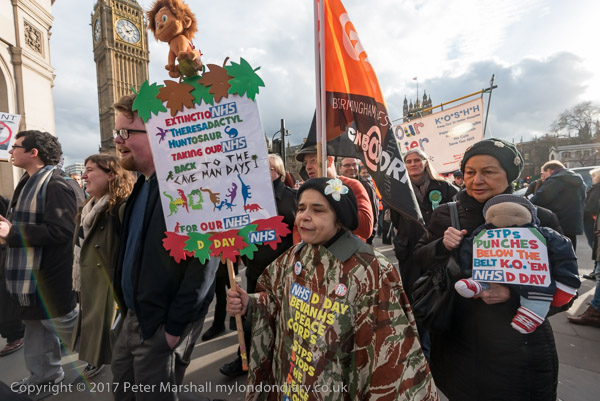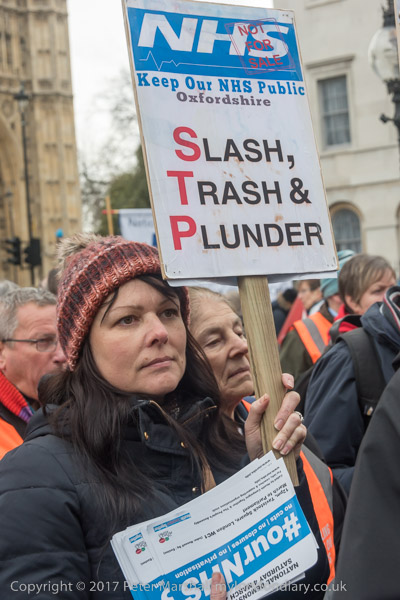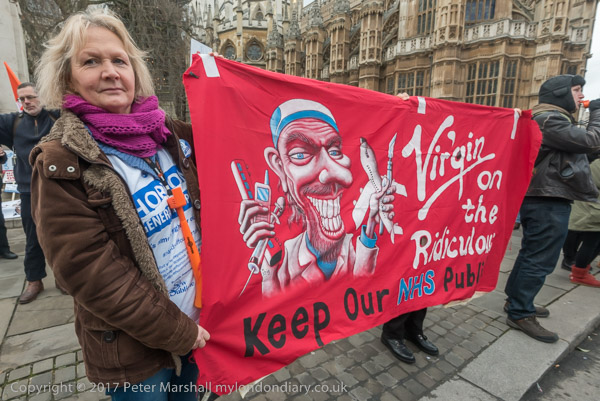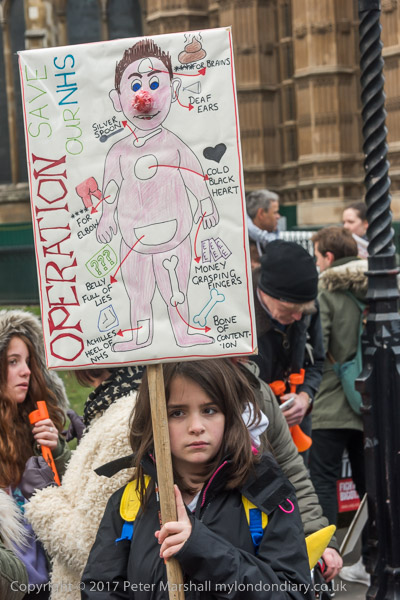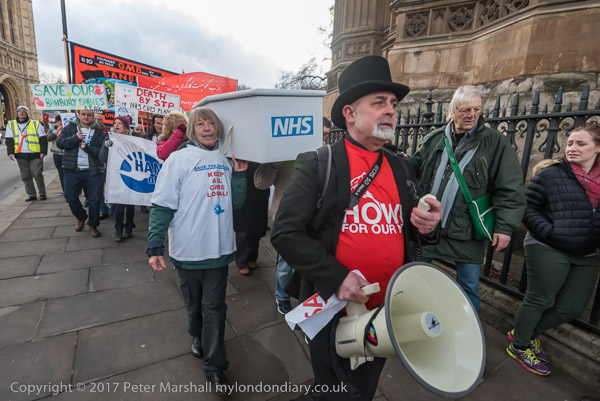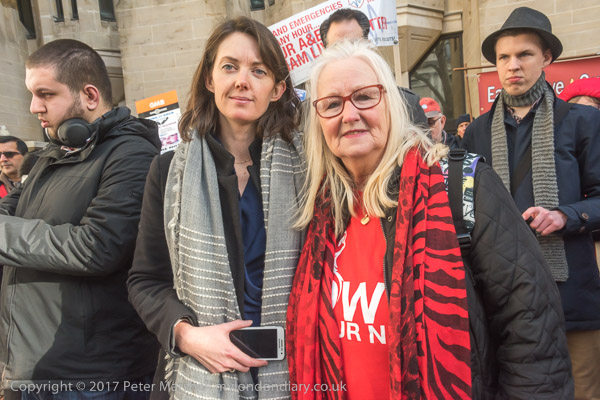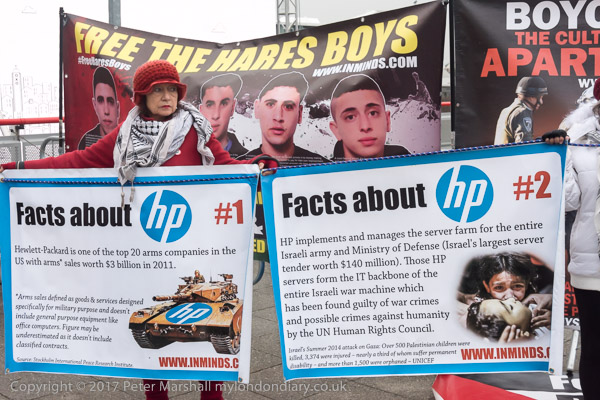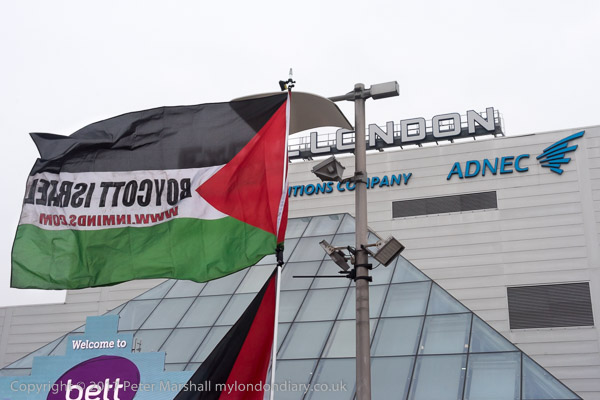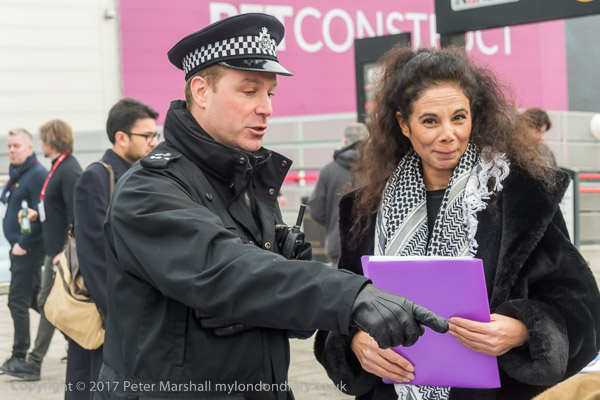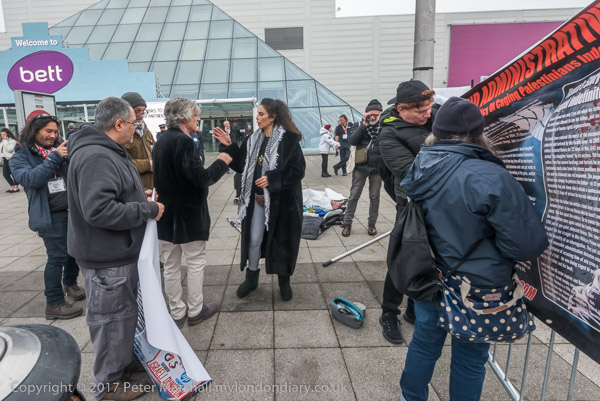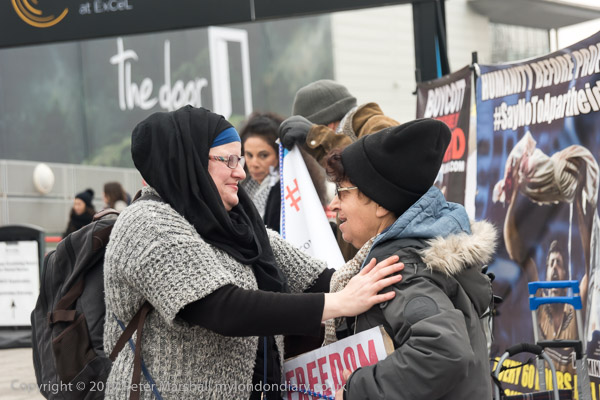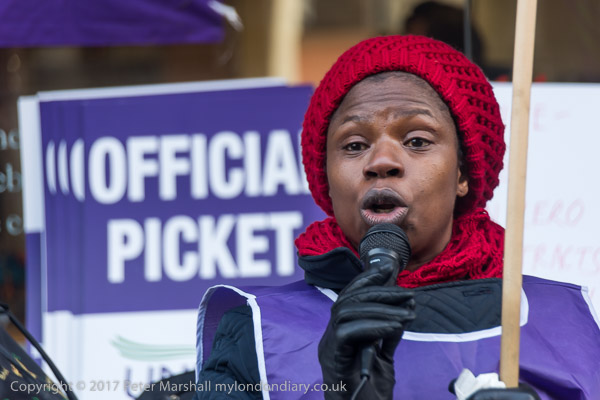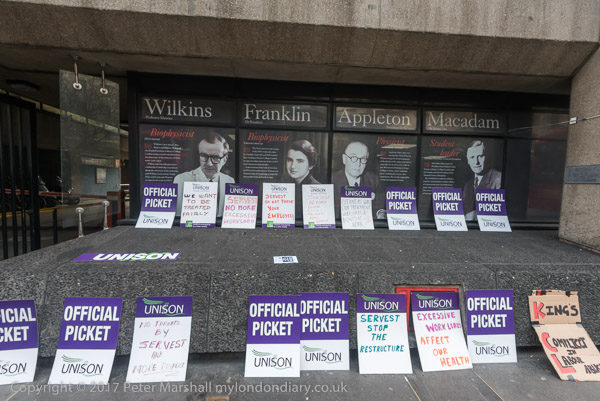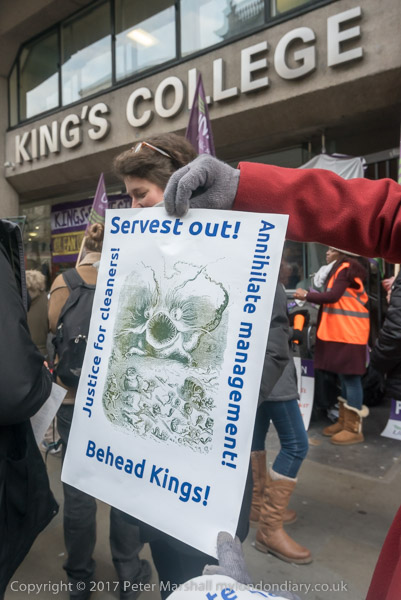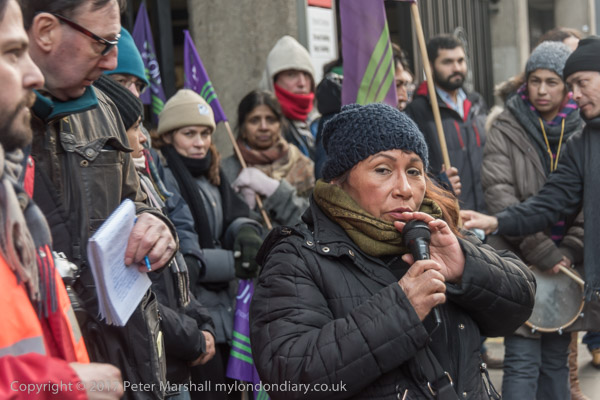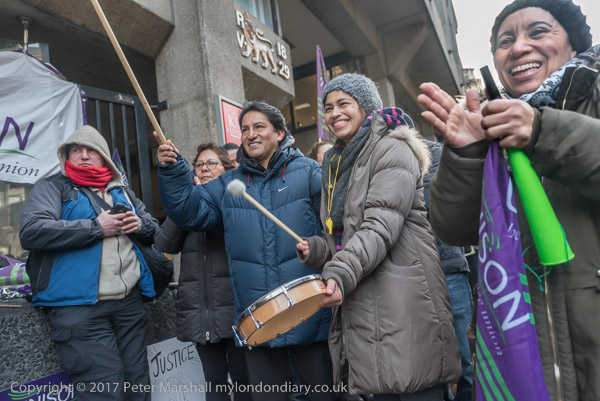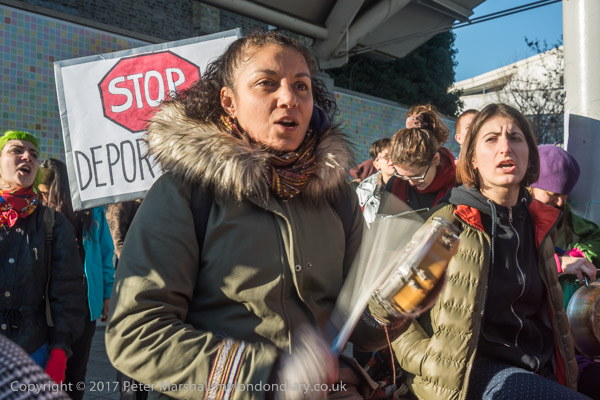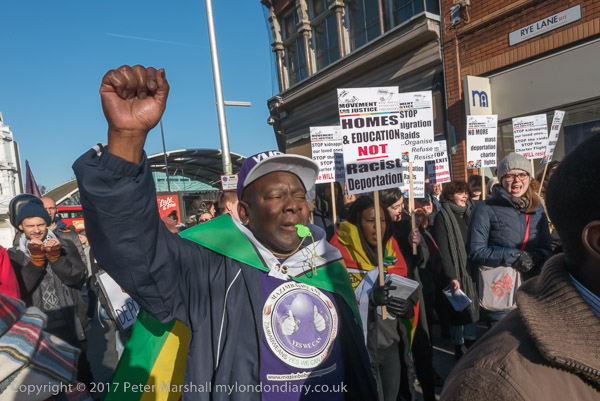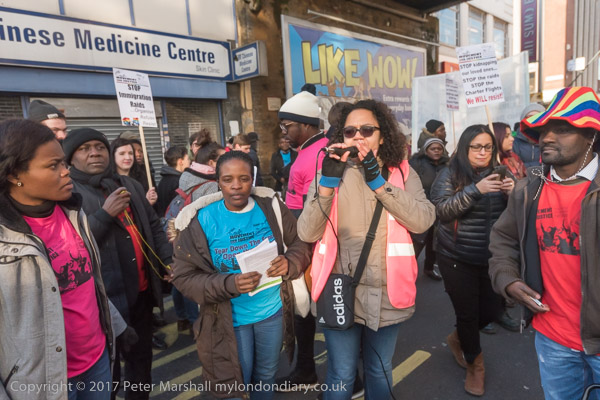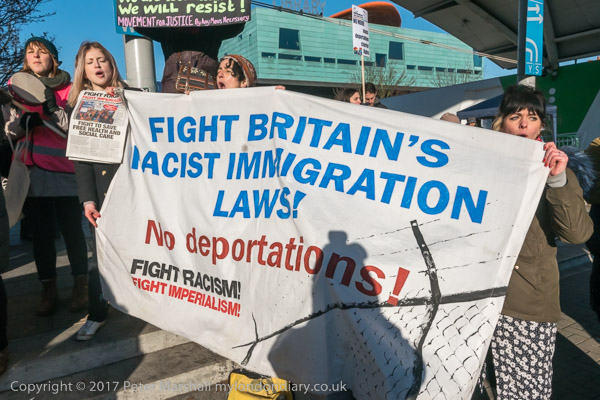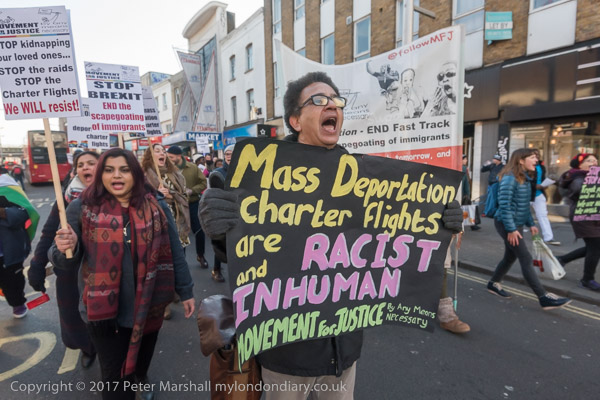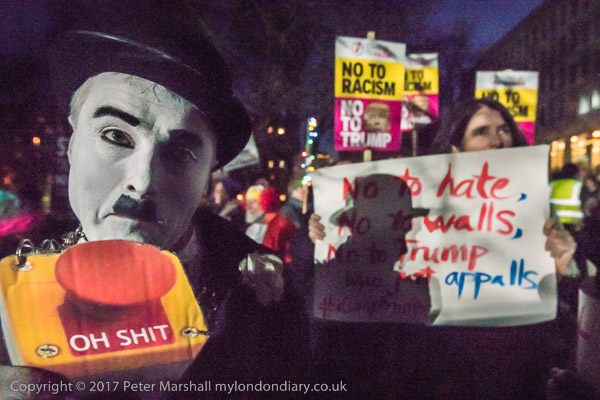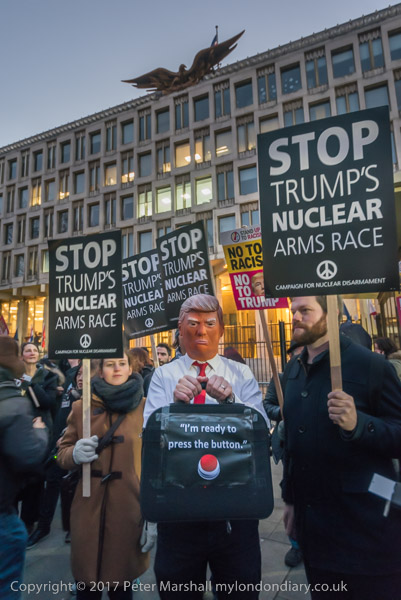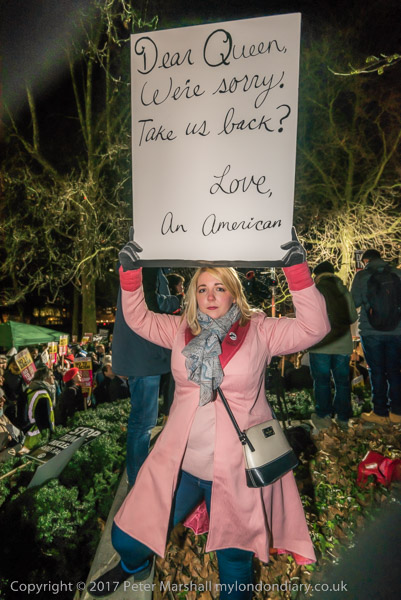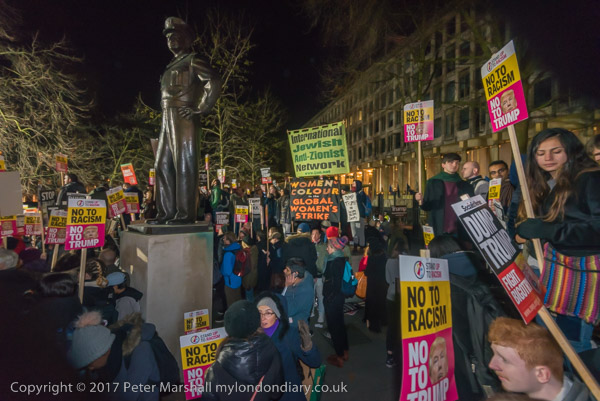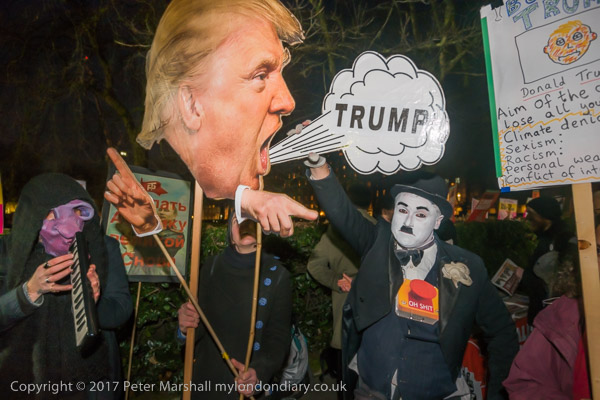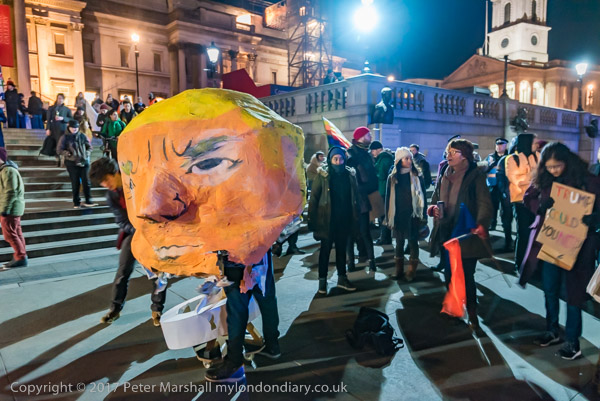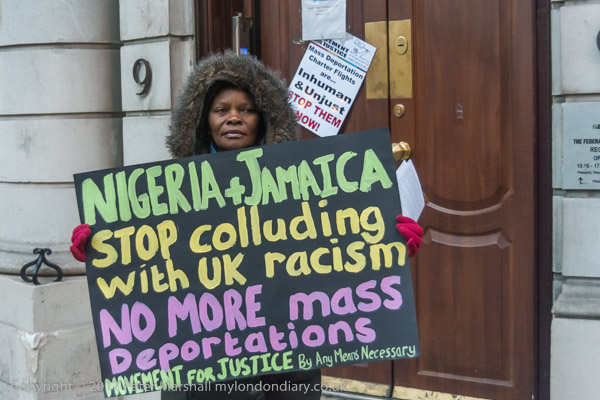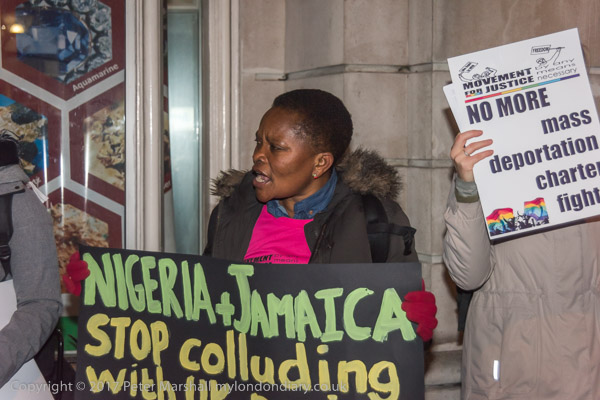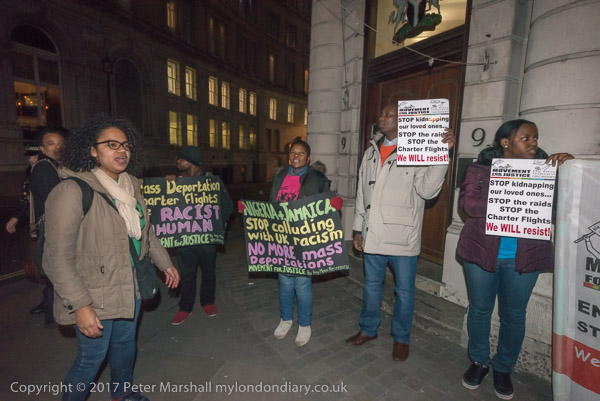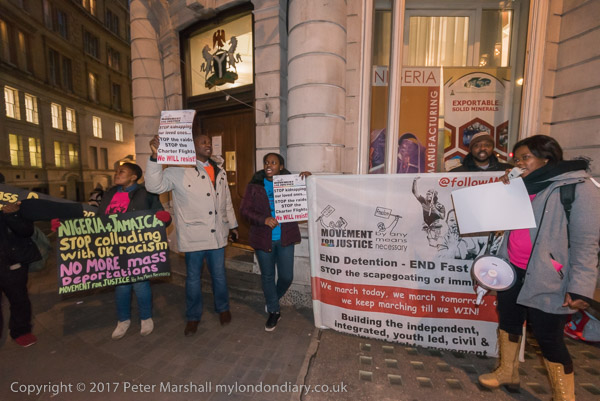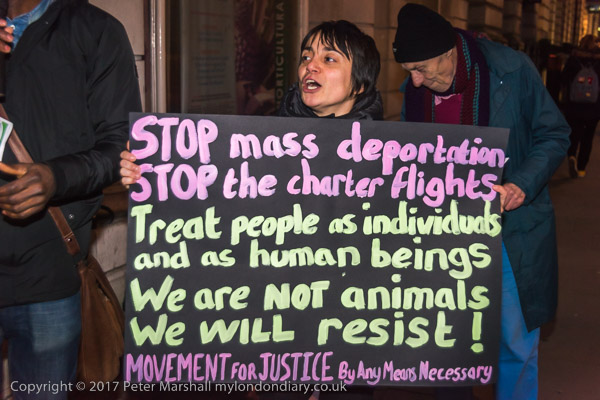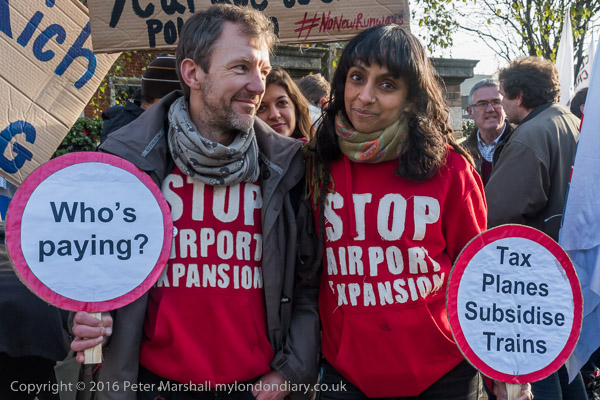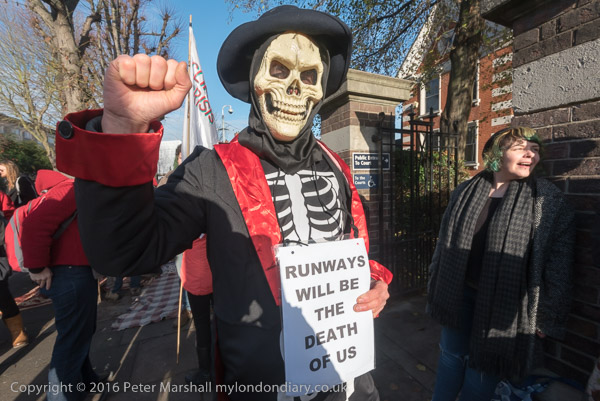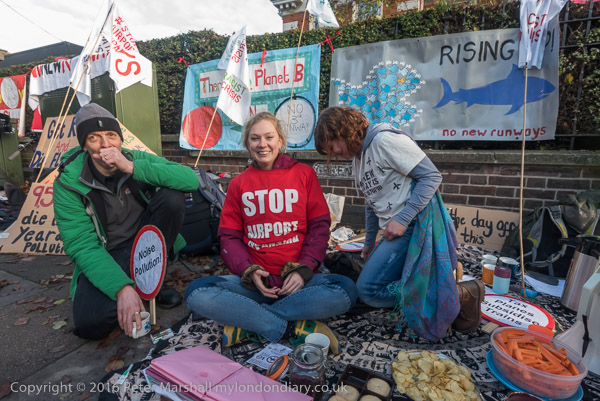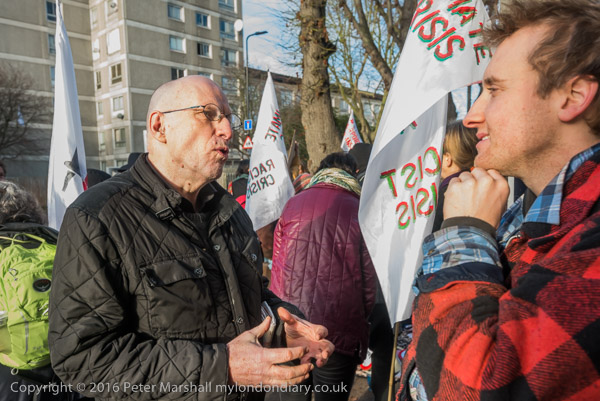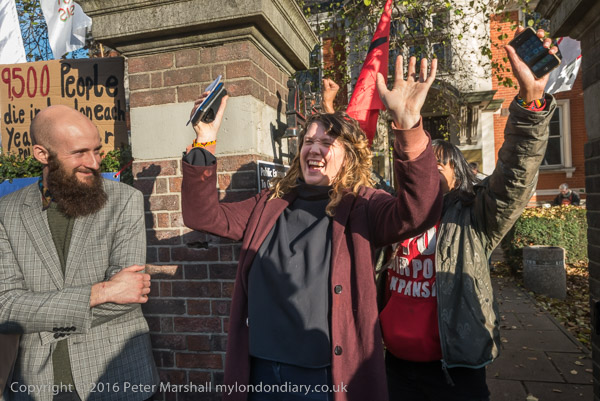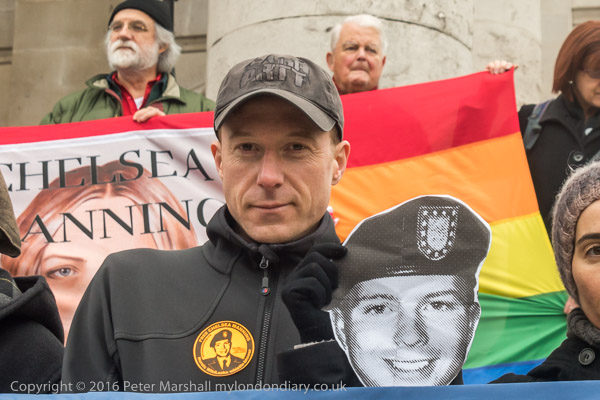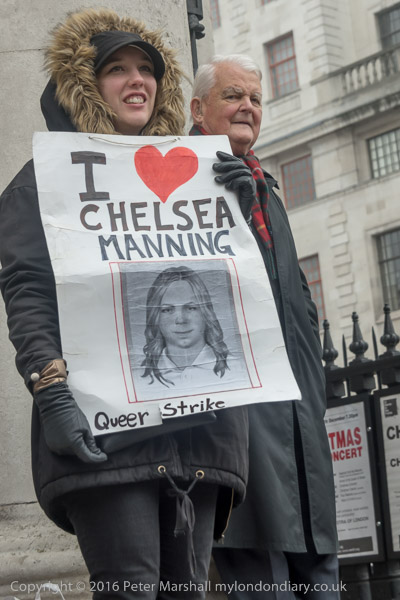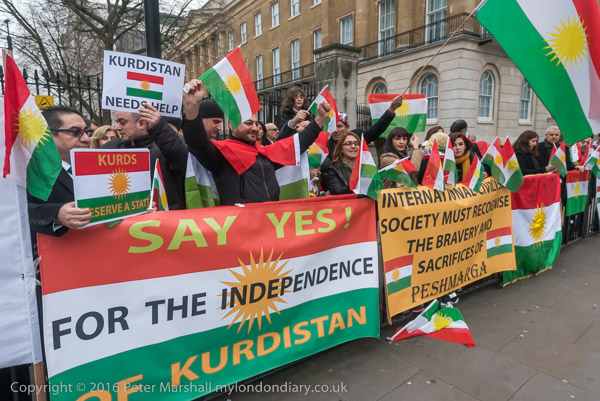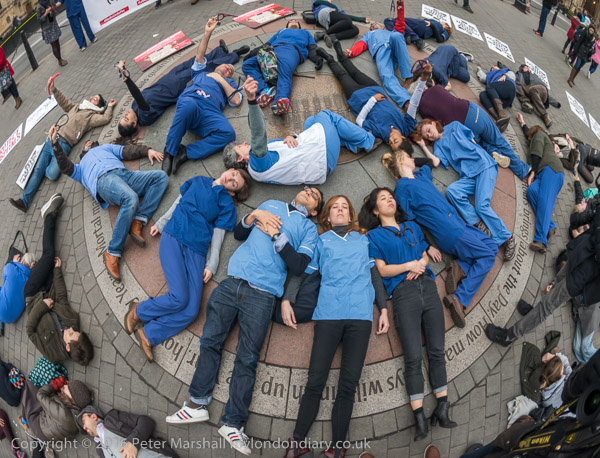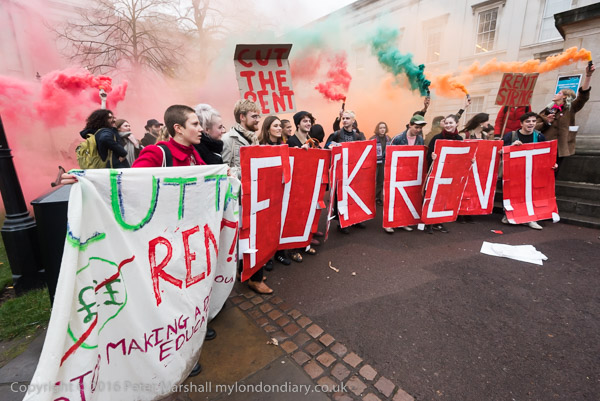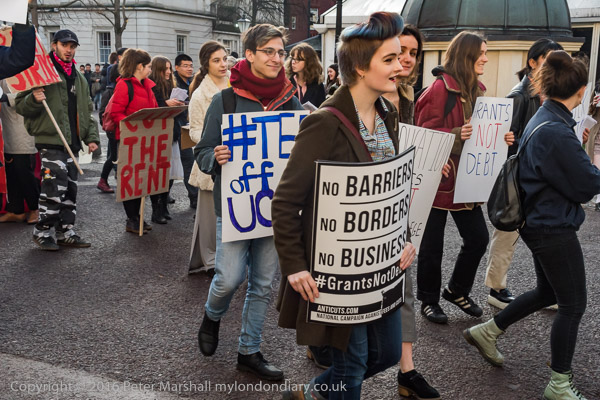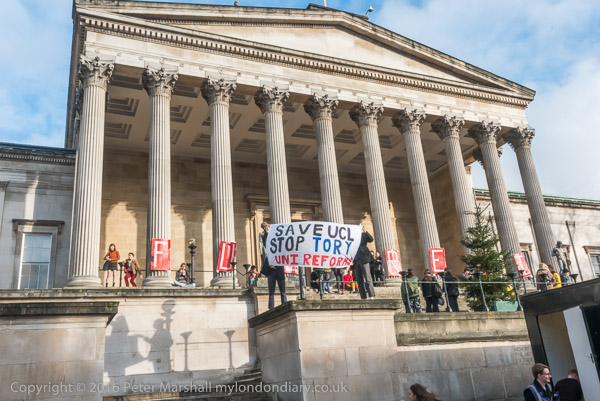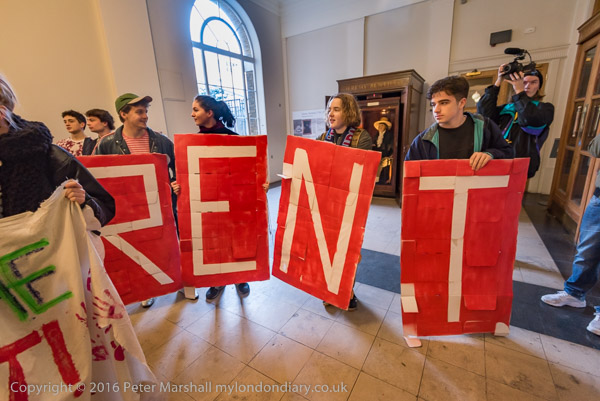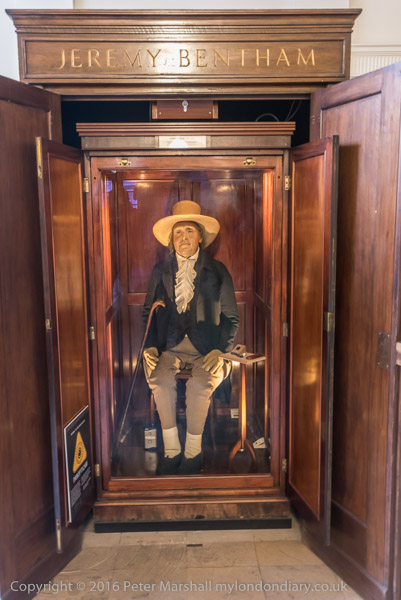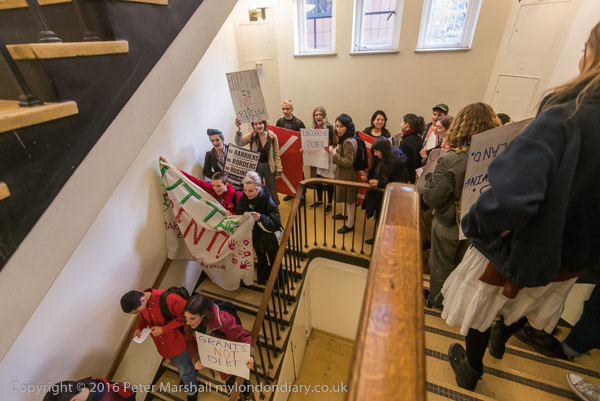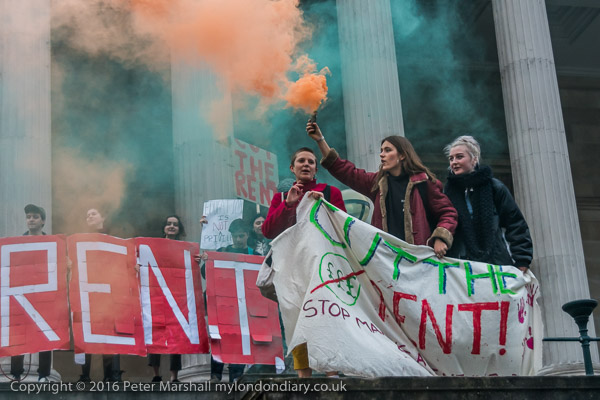My New Year’s Resolution to take things a little easier this year started well and it was not until Saturday 7th January that I picket up a camera with intent, traveling to Whitechapel in the East End, the centre of London’s Bangladeshi community, for the London event in a the global day of protest to save the Sunderbans, the world’s largest mangrove forest.
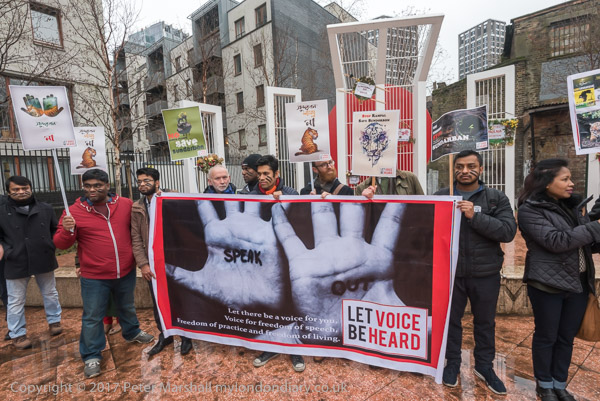
I’ve never been to Bangladesh, though in the past I’ve been invited and we now have parts of our wider family there through my son’s marriage last year. But it would be a very long way on a bicycle and I really would have to have some vital reason to justify the environmental cost of flying there.
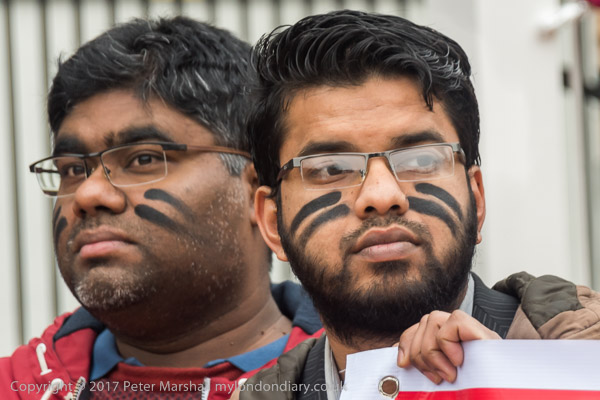
The Sunderbans protest was all about the environment, and the loss of a unique habitat and the species it supports, including the Bengal Tiger, threatened by the development of a coal-fired power plant on its northern edge at Rampal. The development would be disastrous for this fragile ecosystem, and also another nail in the coffin of our world as a whole, increasing the production of greenhouse gases and reducing an important area for their absorption.
It’s difficult for me to understand why anyone should want to build a coal-fired poor station in an area with such a abundant supply of solar energy, with the cost of generating electricity from this falling at a huge rate. If it goes ahead by the time it is built it will be outdated technology – but of course the same will be true about our own fearfully expensive white elephant under construction at Hinkley Point.
More at Save the Sunderbans Global Protest.
The journey from Whitechapel to Harrods was from one side of London to the other – East End to West End – and to very different issues, though I suppose still at base about the greed of the wealthy, who profit from wrecking the environment and also from stealing the waiter’s tips.
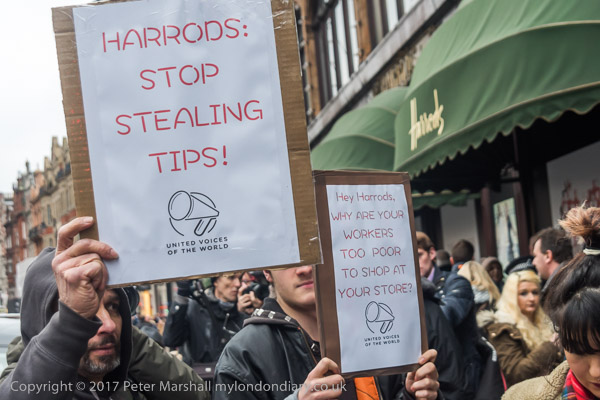
United Voices of the World were protesting outside Harrods on behalf of the many waiters who are paid on or a few pence above the minimum wage in an establishment that caters for the ultra-rich. When these diners leave tips for the waiters they expect them to go to to the waiters and catering staff – but much of them instead was going to swell the profits of the owners, probably the richest family in the worlds, the Qatari royal family.
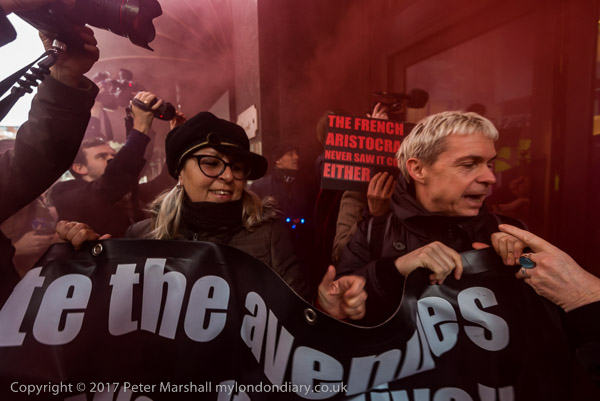
The action by the UVW was supported from its inception by Class War, who turned up with a couple of banners and helped to make the protest even more noticeable. It was perhaps the reputation of Class War that aroused a huge reaction from the police and the interests of some of the press, and the policing was really at extreme levels, with officers on all sides of the block containing the store and vans parked in all the side-streets around, considerably outnumbering the protesters. Harrods too seemed to have a large number of extra security officers on duty inside the store.
Officers came and told the protesters that if they entered the store to protest they would immediately be arrested for aggravated trespass. Some had already gone inside earlier, hiding leaflets about the protest in places where customers and staff would find them later, and had left undetected.
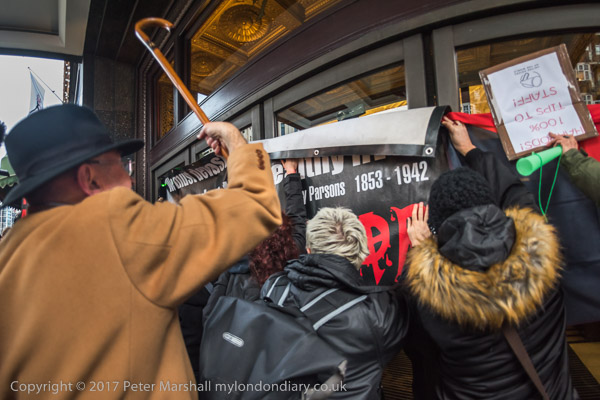
Class War’s methods were more direct, though largely street theatre rather than posing any real threat to property. There was a struggle to open the main doors, and to cover them with their banner to stop those inside filming the protesters, but mainly a lot of shouting and dancing.
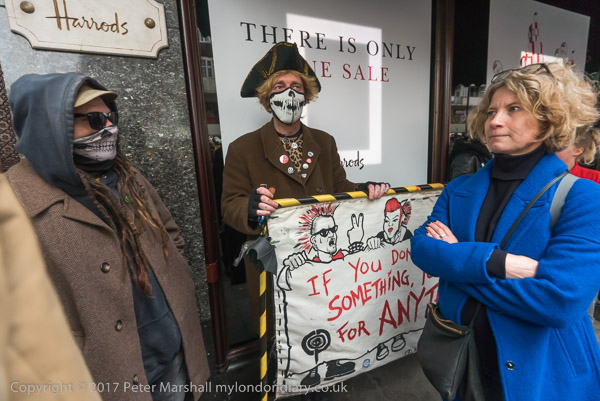
And there was very much a clash of cultures, which seemed to me to be summed up by the expression on the face of one well-dressed woman on seeing some of Class War’s more distinctive characters.
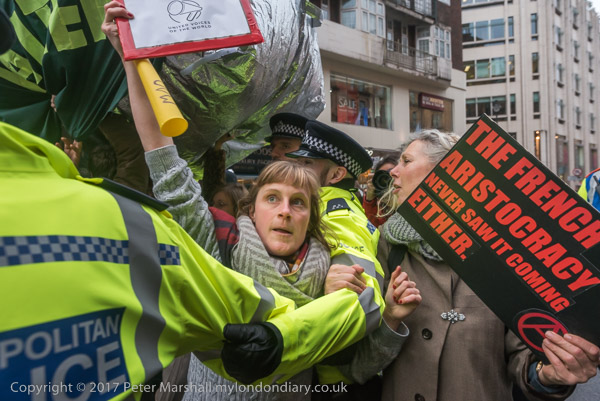
The protesters moved off the pavement onto the Brompton Rd in front of the store and were intending to march around the block, but police surrounded them and kept them blocking the road for some time, urging them to go back onto the pavement when they would probably have moved away much more quickly. Eventually the police gave up pushing and threatened to arrest anyone who stayed in the road and the protest moved back to block the pavement. One woman standing on the curb was arrested for arguing with the police that she was on the pavement, and a few minutes later police snatched another who they accused of letting off a smoke flare earlier.
The protesters moved to a wide pedestrian are at the corner of the building for a short rally and then brought the protest to an end, and people, including myself left. Later I heard that as the UVW was packing up police came and arrested four of them including the UVW General Secretary Petros Elia. They were kept in cells at Belgravia police station for up to 18 hours before being released without charge (though the guy accused of letting off a flare apparently accepted a police caution) but on police bail with a condition that they were not to go within 50 metres of Harrods.
These arrests of trade unionists seemed a clear abuse of police powers and a clear demonstration of whose side the police were on. I commented at the time:
It appears to be a deliberate abuse of the law to try to stop protests at Harrods – however legitimate these may be. Harrods and their owners, the Qatari royal family have many friends in high places including the Foreign Office and presumably these were able to put pressure on the police to take action against the protesters.
Many more pictures at: Harrods stop stealing waiters’ tips.
Continue reading Bangladesh and Harrods
